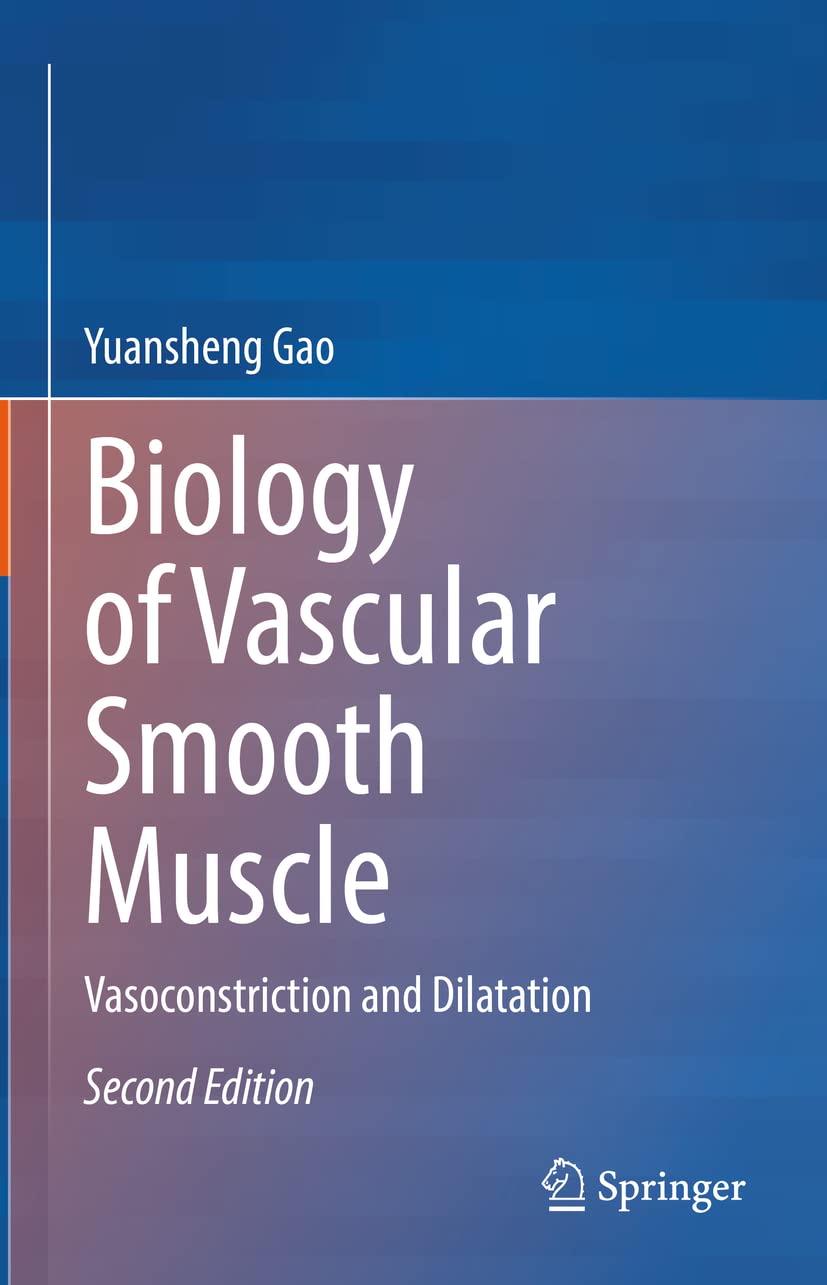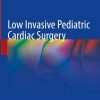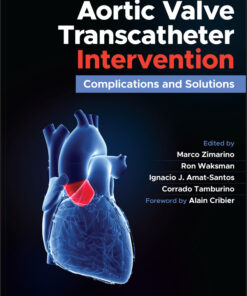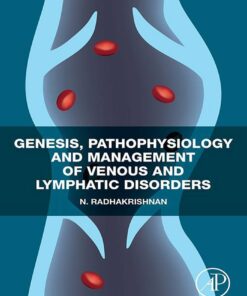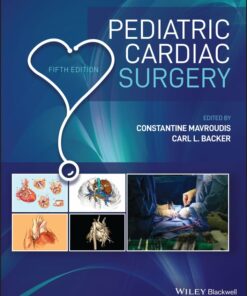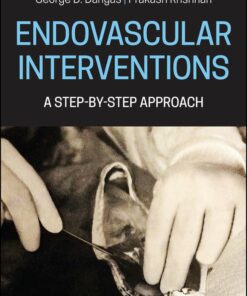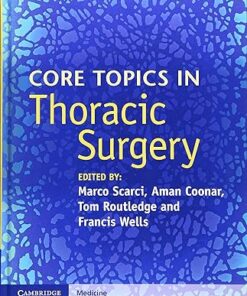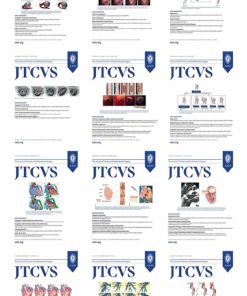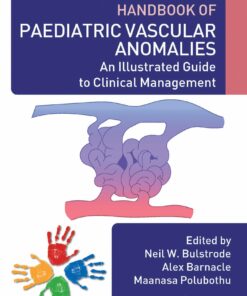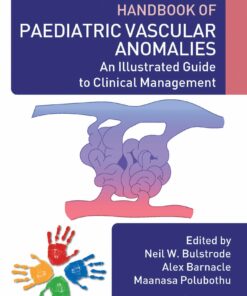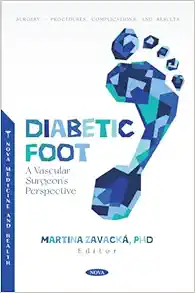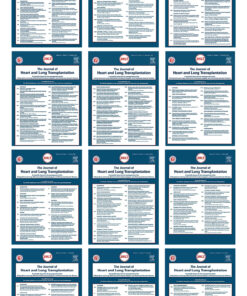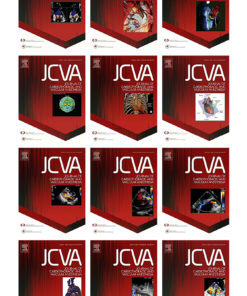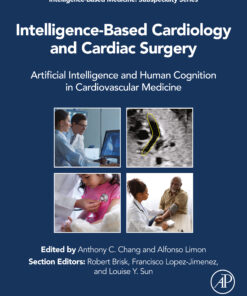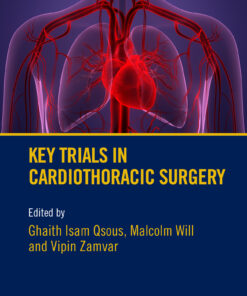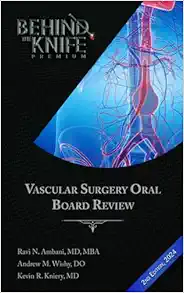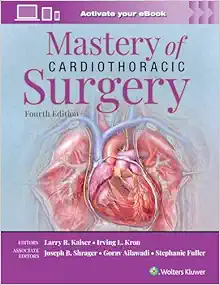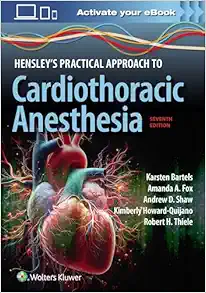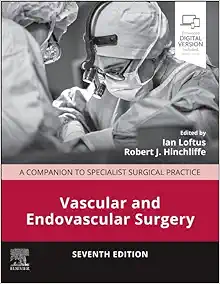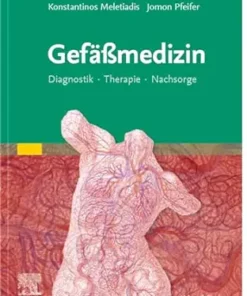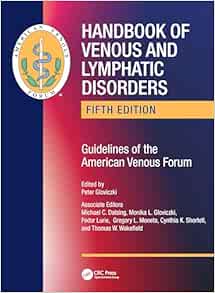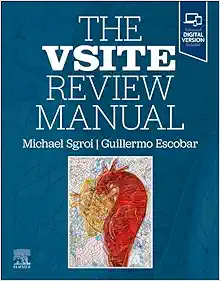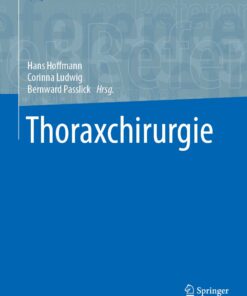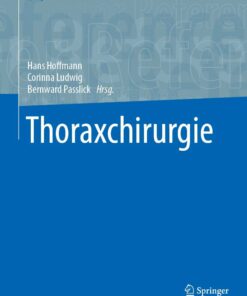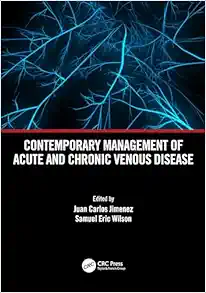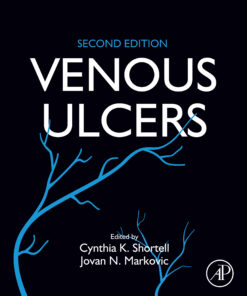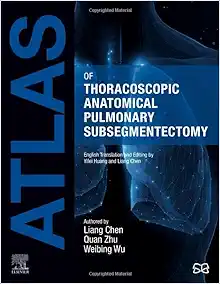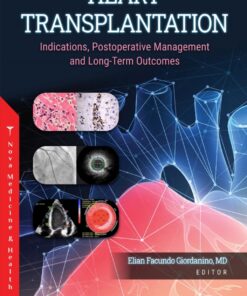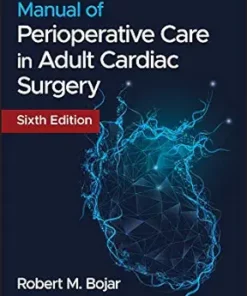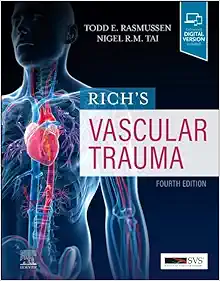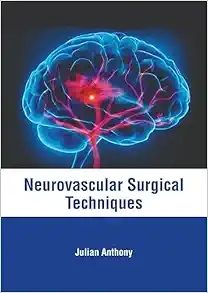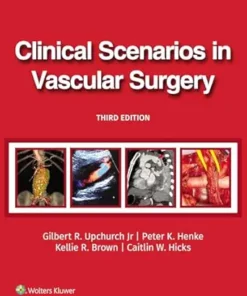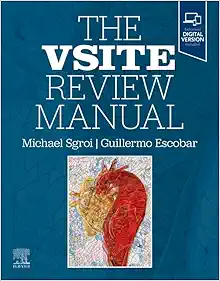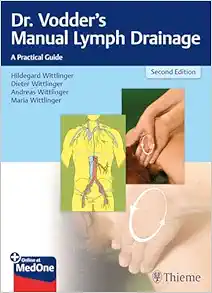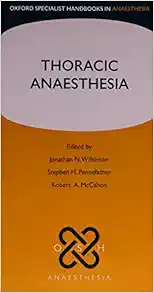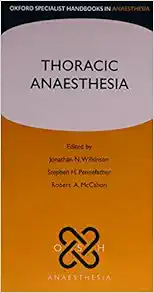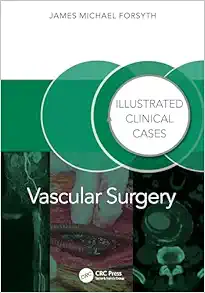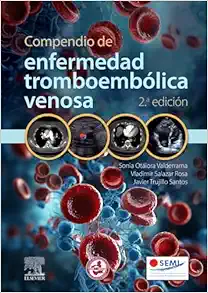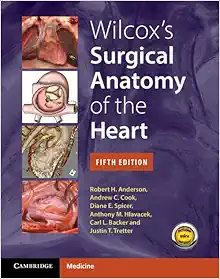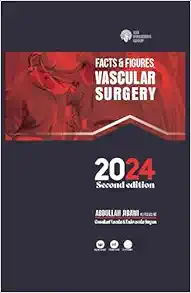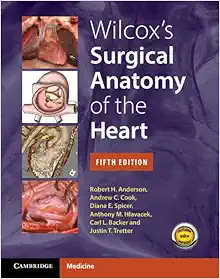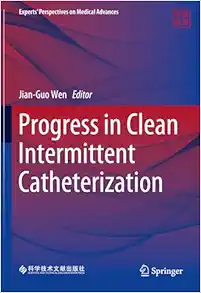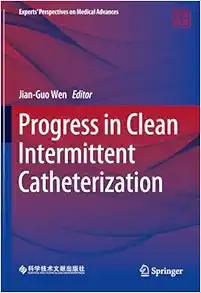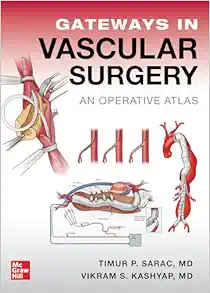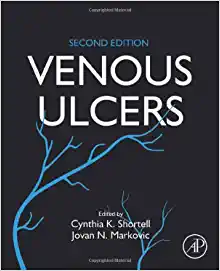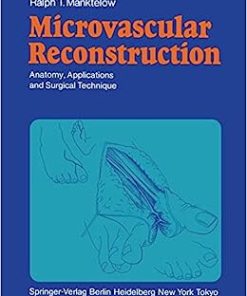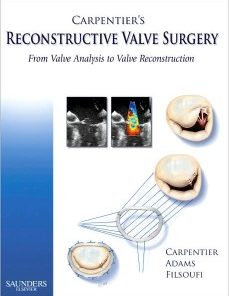Biology of Vascular Smooth Muscle: Vasoconstriction and Dilatation, 2nd Edition
$9
Format : Publisher PDF
File Size : 13.5 MB
Biology of Vascular Smooth Muscle: Vasoconstriction and Dilatation, 2nd Edition
In the world of medical research, understanding the regulation of vascular activity is crucial to fighting vascular diseases. That’s why the second edition of “Regulation of Vascular Activity” by Yuansheng Gao is such an important book for academics and researchers. This concise yet comprehensive review of the morphological, biochemical, electrical, mechanical, and metabolic properties of vascular smooth muscle, the regulation of vascular activities, and the intracellular signaling involved offers insights into the responsiveness of blood vessels under normal and pathophysiological conditions.
In the first edition of the book, Gao covered the fundamental importance of the contraction and dilatation activities of vasculature in maintaining circulation homeostasis and adapting to physiological changes. Over the last four decades, there have been significant advances in our understanding of the biochemical, structural, genetic, physiological, and pharmacological aspects of vascular activity regulation, and these insights help in the fight against vascular diseases. But there have also been new findings in the regulation of cerebral, coronary, and pulmonary circulation, as well as vascular activity under hypoxia and ageing.
That’s where the second edition comes in. It updates the contents of the first edition and reflects the newest discoveries in the field. Two new chapters have been added to cover microRNA and extracellular vesicles, two elements that have recently become important in vascular activities. The book also discusses newly identified vasoactive agents, enzymes, and transduction mechanisms.
Researchers and graduate students in basic research and clinical settings in the field of vascular biology will find this book incredibly useful. The latest findings in the regulation of vascular activities from biochemical, structural, genetic, physiological, and pharmacological aspects are all included, making it a valuable resource for anyone studying this area of medicine.
The publisher, Springer, has produced a high-quality book – as to be expected from such a respected academic publisher. The book is available in eBook digital format, making it easy to access and search through. At 439 pages long, it’s long enough to cover all the important topics but still short enough to be concise and to-the-point.
One of the standout features of “Regulation of Vascular Activity” is how it draws together all the latest research in the field in one place. As a result, it’s an excellent reference book for researchers and a great learning tool for graduate students. It provides an overview of all the key concepts and covers everything from morphology to intracellular signaling.
But it’s not just researchers and academics who can benefit from this book. Anyone who is interested in medicine or who has a personal or family history of vascular disease can also learn from it. Understanding how blood vessels work and the problems that can arise when they don’t work correctly is essential to maintaining optimal health. By reading this book, you’ll gain insights into the latest research and discoveries in the field.
In conclusion, if you’re a researcher or graduate student in vascular biology, then “Regulation of Vascular Activity” should be on your reading list. It provides a comprehensive review of the field and covers all the latest research and discoveries. But even if you’re not in the field, this book is still worth considering. Its insights into the regulation of vascular activity can help you understand the importance of maintaining good health and avoiding vascular diseases. So why not order a copy today and start learning more about this essential area of medicine?
Product Details
- Publisher : Springer; 2nd ed. 2022 edition (December 9, 2022)
- Language : English
- Hardcover : 439 pages
- ISBN-10 : 9811971218
- ISBN-13 : 978-9811971211
Related Products
VASCULAR SURGERY
The Annals of Thoracic Surgery 2023 Full Archives (True PDF)
VASCULAR SURGERY
VASCULAR SURGERY
VASCULAR SURGERY
Core Topics in Thoracic Surgery (Original PDF from Publisher)
VASCULAR SURGERY
Great Ormond Street Handbook of Paediatric Vascular Anomalies (EPUB)
VASCULAR SURGERY
VASCULAR SURGERY
VASCULAR SURGERY
VASCULAR SURGERY
VASCULAR SURGERY
VASCULAR SURGERY
VASCULAR SURGERY
VASCULAR SURGERY
VASCULAR SURGERY
VASCULAR SURGERY
VASCULAR SURGERY
Neurovascular Surgical Techniques (Original PDF from Publisher)
VASCULAR SURGERY
VASCULAR SURGERY
VASCULAR SURGERY
VASCULAR SURGERY
Wilcox’s Surgical Anatomy of the Heart, 5th edition (Converted PDF)
VASCULAR SURGERY
VASCULAR SURGERY
VASCULAR SURGERY
Atlas of Thoracoscopic Anatomical Pulmonary Subsegmentectomy
VASCULAR SURGERY
VASCULAR SURGERY
VASCULAR SURGERY
VASCULAR SURGERY
VASCULAR SURGERY
2022 SVM Online Board Review Course (Society for Vascular Medicine)
VASCULAR SURGERY
VASCULAR SURGERY
Clinical Approach to Vascular Ultrasound and RPVI Prep Course 2023
VASCULAR SURGERY
VASCULAR SURGERY
VASCULAR SURGERY
VASCULAR SURGERY
VASCULAR SURGERY
VASCULAR SURGERY
VASCULAR SURGERY
VASCULAR SURGERY
VASCULAR SURGERY
VASCULAR SURGERY
VASCULAR SURGERY
VASCULAR SURGERY
Current Vascular Surgery 2013 (Modern Trends in Vascular Surgery)
VASCULAR SURGERY
VASCULAR SURGERY
Anatomic Exposures in Vascular Surgery 4e ( + Converted PDF)
VASCULAR SURGERY
Cardiopulmonary Bypass: Principles and Practice, 3rd Edition
VASCULAR SURGERY
VASCULAR SURGERY
SVU 45th Annual Conference: Vascular Imaging Educators Workshop 2023
VASCULAR SURGERY
VASCULAR SURGERY
Mastering Doppler Principles and Hemodynamics- AllAboutUltrasound

